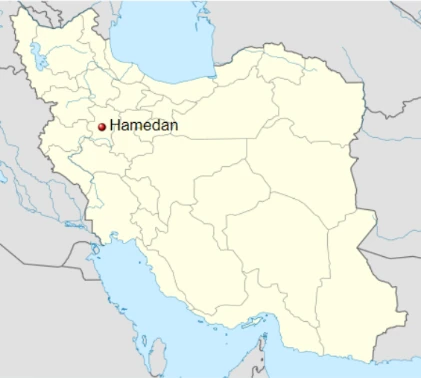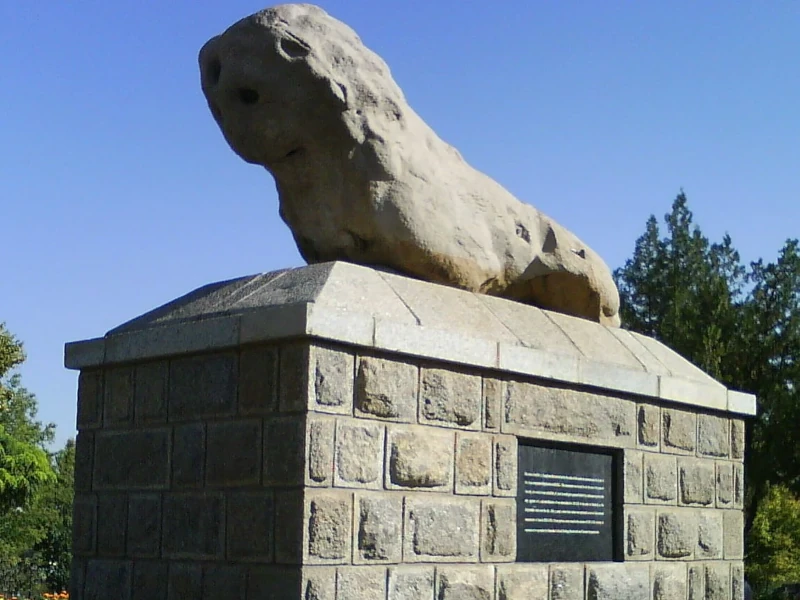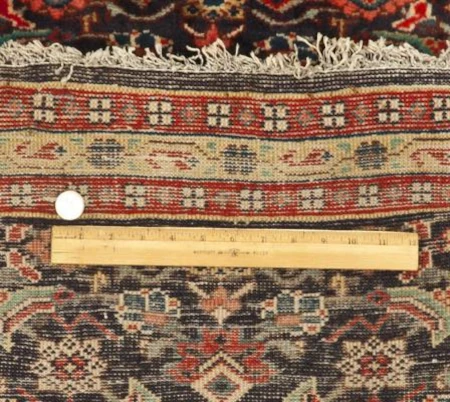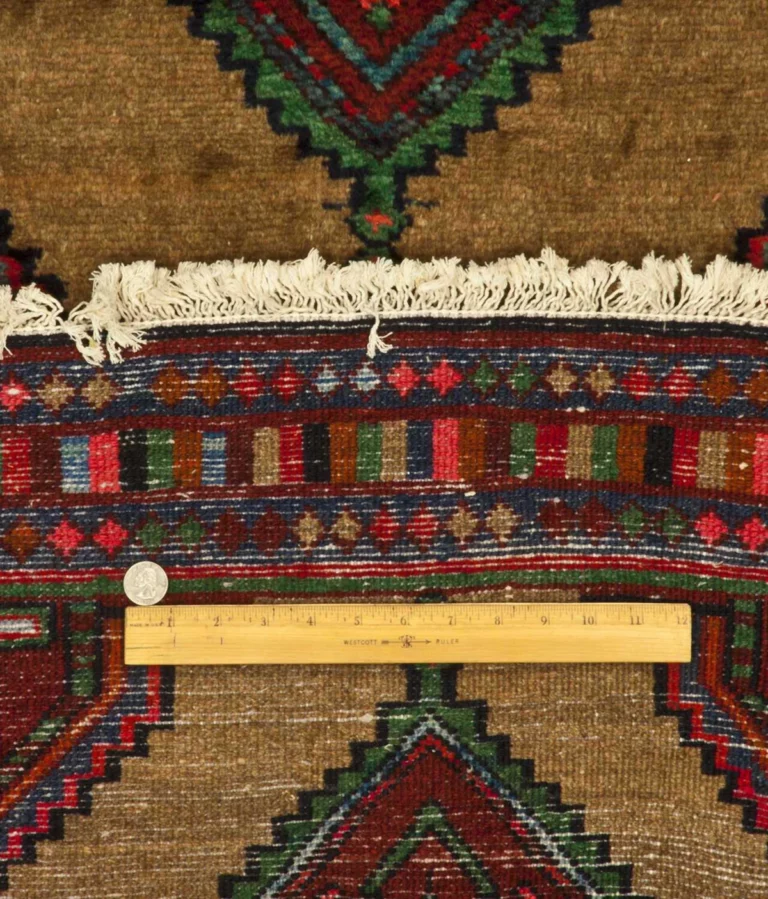Hamadan, the Rug Weaving Area

Known to ancient Greeks as Ecbatana, it was
called Hegmatana by ancient Iranians
(Persians and Medes alike) changed to
Hamadân in New-Persian and other new
Iranian languages. The name appears to mean
‘the place of society’, or in a more nomadic
context ‘Gathering-Place’, and actually being
embraced by Alvand in central Zagros’
façade, the place proved to be so for
northwestern Iranian tribes. Hamadan is the
very place Diaco crowned as the first Medes
king establishing Ecbatana which was to
serve as the summer capital for Iranian
Imperial dynasts during coming millenniums.


Its mountainous cool air remained attractive
for Muslim rulers and the city served as
capital for Iranian dynasts during the first half
of the Islamic Era. Altogether the importance
of the city began to decrease little by little.
The walls and structure of Hamadan was
completely destroyed by mogul invaders.
Anyhow, still benefitted by nature the city
continued its life to flourish in contemporary
era. physician, and Baba Taher the Naked, a
shepherdly ascetic figure in Persian poetry,
stand tall in the heart of the city where a
Medes stone lion stands firmly as if still
roaring.
In central Zagros there are thousands of
villages as well as semi-settled tribes.
Therefore Handy-crafts in the area are mostly
produced in big numbers in the villages
around Hamadan which are located on
various mountainous routes. Rug weaving is
a fundamental craft for the mountain folks.
Hamadan rug weaving is a big production in
scale of Persian woven things. It is said that
if one looks for more economical Persian
pieces Hamadan would be a good place to
search. That’s could be true due to big
number of villages, each of which has its own
reputation. So you can find various qualities.
Because of the variety of villages whose
names became terms resembling designs or
weave qualities or sizes in Hamadan Bazar,
people always speak about Hamadan as a rug
area. Nevertheless the city has also a small
production of its own.
Technical aspects and the structure of Hamadan Rugs

Despite all their variations, villages of
Hamadan follow one weave structure:
woolen piled, single-wefted, and woven with
the symmetrical/Turkish knot on cotton
warps and wefts.
Rug sizes are favored in Hamadan. Carpets
and runners could also be found.
Dyeing and painting of Hamadan rugs

Each rural area of Hamdan has its own
Palette. Nevertheless dark blue and roses
have dominance in Hamadan new products.
Shades of camel, mustard, golden Khaki, all
obtained of undyed camel hair, reach to a
yellowish brown. Such a palette used to be a
clue to antique and semi-antique Hamadan
pieces.
Designs and patterns of the Hamadan rugs

Form Central madallions to repeating gem
like medallions; all basic medallions have
their own interpretation in all Hamadan
pieces, most uniquely large central
medallions on runners! Double-medallioned and triple which starts
repeating medallions. There are designs with rather small central
medallions and large round lachaks (corners).
Variations of Mahi (Herati) designs exist.
Footprint of the 19th’s American Sarok
(Ziegler) designs remained on rendering
which recalls graph-paper loom-drawings.
For decades such rendering of curvilinear
designs were considered crude by both
western art historians and Persian weavers
themselves, but ignorant to both American
market kept demanding it and after a century
it found its own charm in the eyes of Iranians
and art critics.


